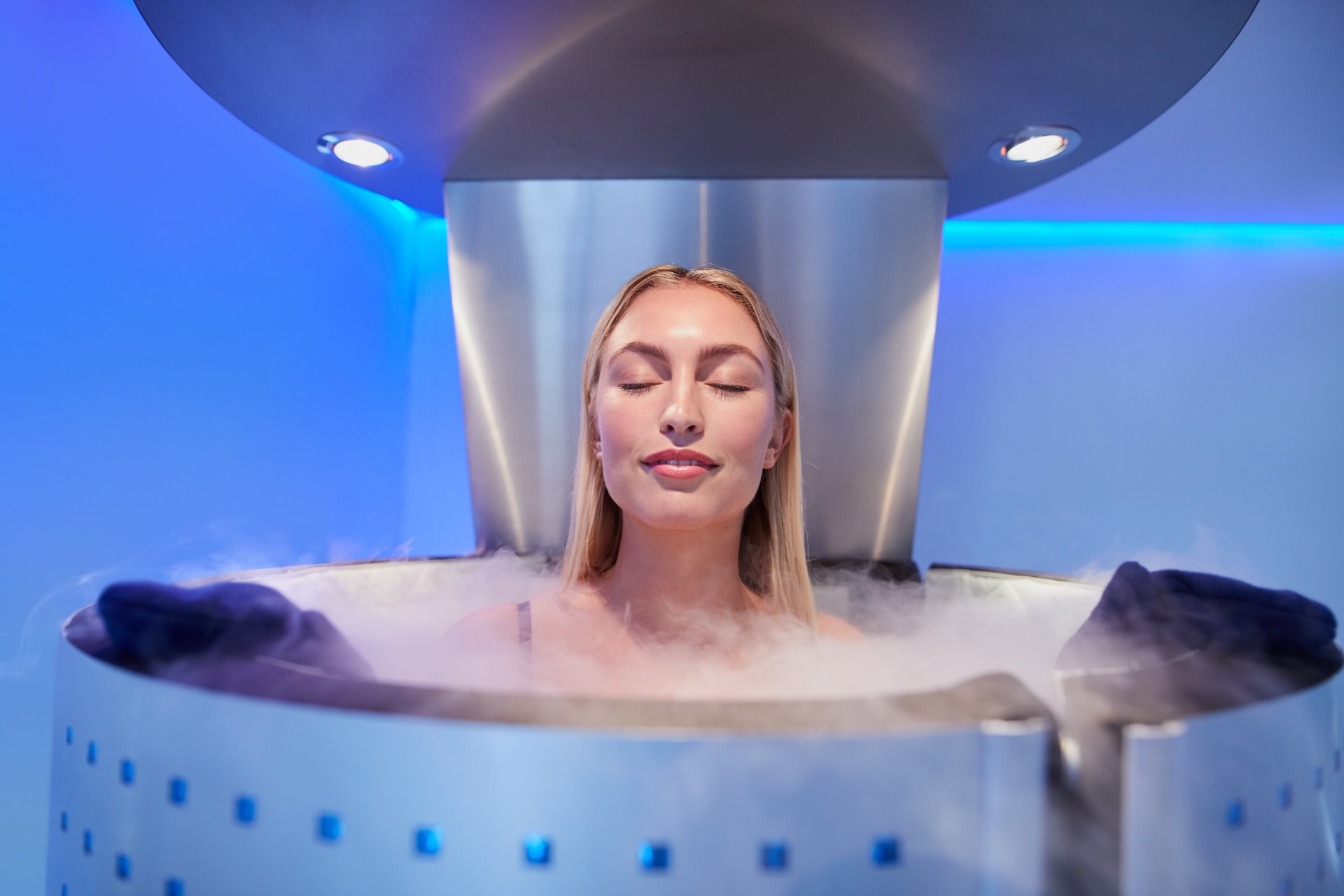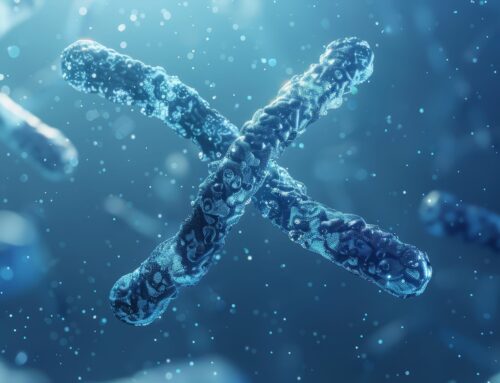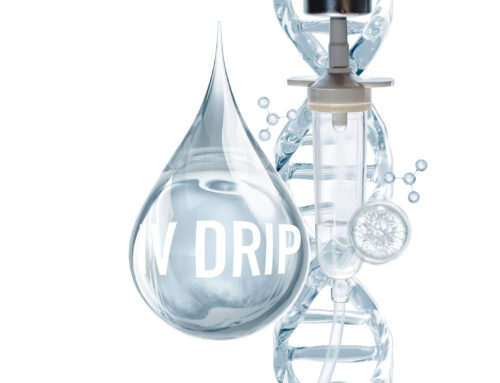Depression hits millions around the world and isn’t just about sadness—it’s a complicated, draining condition that upends daily life. While traditional routes like therapy and medication work for many, some sufferers end up with little relief or troublesome side effects. As a result, there’s a growing buzz about trying different, complementary treatments.
Hyperbaric Oxygen Therapy (HBOT) and Whole Body Cryotherapy (WBC) are two methods of interest. In most cases, people are looking to these alternatives as potential ways to relieve depression. This discussion reviews how HBOT and WBC might help, what the research hints at, and some key points for anyone exploring these options.
Understanding Depression
At its core, depression—often called major depressive disorder—is marked by persistent deep sadness, a loss of interest in activities, and a mix of physical and mental challenges. It messes with daily routines, work, relationships, and overall well-being. The roots of depression are rather tangled, usually involving a blend of genetic predispositions, biological idiosyncrasies, environmental pressures, and psychological stress.
For example, changes in brain chemicals like serotonin, dopamine, and norepinephrine tend to be central, while regions such as the prefrontal cortex, hippocampus, and amygdala might not be firing on all cylinders. Plus, ongoing stress, inflammation, and even hormonal shifts can increase the chances of developing or worsening depression.
How Hyperbaric Oxygen Therapy (HBOT) Works
HBOT is straightforward: breathe pure oxygen inside a high-air pressure chamber. This isn’t just about breathing more oxygen normally; the increased pressure lets your lungs soak up far more oxygen than usual. That extra oxygen seeps into your blood, tissue fluids, and cerebrospinal fluid, sparking various bodily changes.
How Might HBOT Work for Depression?
Generally speaking, there are several ways HBOT might help ease depression:
- It ramps up oxygen delivery to the brain—this boost can sharpen neuronal function, calm inflammation, and even encourage the growth of new blood vessels (angiogenesis), potentially rebalancing brain activity.
- It helps lower inflammation; since chronic inflammation is often tied to depressive symptoms, reducing it might ease the overall condition.
- The treatment might promote neurogenesis, meaning it can help the brain grow new neurons and form fresh connections, especially in areas like the hippocampus that regulate mood.
- Increased oxygen can also improve the production and performance of neurotransmitters like serotonin and dopamine, both key in mood management.
Some Early Findings
The research on HBOT for depression is still in a relatively early phase, but initial studies look promising. For example, one study noted that even Parkinson’s patients battling severe depression showed signs of improvement. Another report in the journal Undersea & Hyperbaric Medicine observed better moods and cognitive functions in individuals with chronic fatigue syndrome—many of whom also suffered from depression.
Whole Body Cryotherapy (WBC)
Shifting gears and whole-body cryotherapy expose the body to extreme cold for very short durations. Typically, you spend about 2 to 4 minutes in a chamber where temperatures can hit around -110°C to -160°C (that’s roughly -166°F to -256°F). This rapid plunge into frigid conditions triggers various physiological responses that researchers are beginning to understand.
Mechanisms
When you expose the body to extreme cold, something interesting happens—it seems to nudge the chemistry inside in ways that might ease depression.
That sudden chill causes a burst of brain chemicals like endorphins and norepinephrine (the ones that help you feel better and dull pain). This jolt in activity might just be the reason some people find their depressive symptoms have lightened up.
WBC and Inflammation
The cold also calms inflammation. Lower temperatures shrink your blood vessels, so less blood flows into those overly irritated areas, meaning fewer inflammatory molecules are on the loose. In turn, this activity eases the feelings tied to depression. At the same time, the chill gently shifts your hormone levels—taking a straightforward jab at cortisol (often tagged as the stress hormone) and others that help regulate mood. This quiet modulation usually helps restore balance, which many of us might desperately need.
Interestingly, coldness might also give your vagus nerve a nudge—a nerve that has more to do with mood and stress regulation than most of us realize. That nudge can trigger responses that are known to benefit mood.
A few studies (one featured in Psychiatry Research, for instance) observed a noticeable drop in depressive symptoms among patients who tried whole-body cryotherapy. Another piece of work from the Archives of Psychiatry and Psychotherapy even picked up on reduced anxiety levels and overall mood improvements in similar patients.
HBOT and WBC
Combine hyperbaric oxygen therapy (HBOT) with cryotherapy, and you might have a dynamic duo working together. HBOT tends to boost oxygen delivery to the brain and ease inflammation, while the icy blast gets those mood chemicals and hormones working overtime. Together, the two therapies seem to tackle depression on several fronts. However, we still need more research to know how to blend them.
Medical Innovations
Also, these therapies aren’t meant to kick conventional treatments to the curb. They’re more like supplements to therapy and medication—not stand-alone cures. And, on a practical note, both treatments can be pricier and sometimes aren’t covered by insurance; plus, they aren’t always easy to find, depending on where you live.
Supported Research
Various studies support these observations. Reviews and clinical trials have looked at HBOT’s benefits for depression and WBC’s effects on mood disorders—even exploring improvements in people with traumatic brain injuries or Parkinson’s disease where severe depression is a factor. One study found that patients with Parkinson’s who experienced severe depression saw some relief after trying cryotherapy.
Taking a Closer Look
- Hyperbaric Oxygen Therapy for Depression: A Review of the Literature. HBOT and WBC can also be used to assist people with traumatic brain injury or range of motion, both of which can impact mental health.
- Whole Body Cryotherapy in Mood Disorders: A Clinical Trial. This research investigates the impact of WBC on depressive symptoms in individuals with mood disorders, providing evidence for its potential therapeutic benefits.
- The Effects of Cryotherapy on Mood and Anxiety in Patients with Depression and Parkinson’s.While research on HBOT for depression is still in its early stages, some studies have shown promising results. For instance, a study showed that Parkinson’s patients with severe depression experienced improvement.
Conclusion
Boosting the oxygen your brain gets, easing inflammation, and even tweaking neurotransmitter and hormone levels might be how these treatments work—they can, in many cases, reduce depressive symptoms and lift a person’s overall well-being.
We still don’t fully understand a lot, so more studies are generally needed to pinpoint precisely how effective they are and what the best protocols might be. If you’re mulling over options like HBOT or WBC, it’s a good idea to chat with a healthcare professional to weigh the potential risks and benefits.
Remember, these therapies aren’t entirely meant to replace traditional treatments—they’re just another piece of a broader, balanced plan. As research pushes forward, these methods may well end up offering fresh alternatives for those people looking for new ways to manage depression and feel better about life itself.






